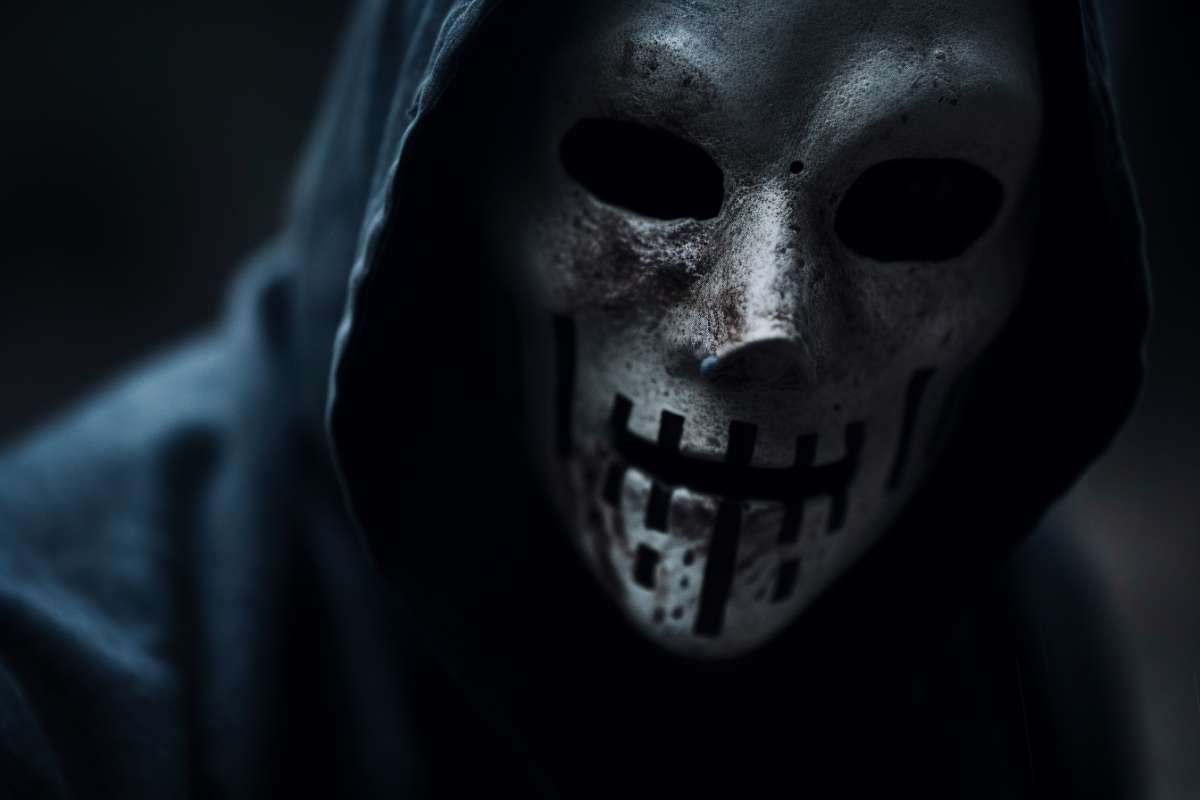Table of Contents
- Introduction
- Element 1: Suspense and Tension
- Element 2: The Unknown and Unseen
- Element 3: Psychological Fear
- Element 4: Violence and Gore
- Element 5: Supernatural and Paranormal
- Conclusion
Introduction
Horror stories have been around since the dawn of storytelling. They have captivated audiences and kept them on the edge of their seats for centuries. A well-crafted horror story can be a thrilling experience that elicits a range of emotions from its readers. But what makes a horror story truly terrifying? In this article, we will explore the five elements that are essential to creating a spine-chilling horror story that will leave readers feeling haunted long after they have finished reading.
Element 1: Suspense and Tension
Suspense and tension are crucial elements in any horror story. A skilled author knows how to create an atmosphere of fear and apprehension that keeps the reader guessing and on edge. The use of suspense can be achieved in many ways, such as through the careful pacing of the plot, the use of foreshadowing, or the creation of a sense of impending doom. Tension can be created by placing the protagonist in a situation where they are powerless and vulnerable, or by introducing a sense of danger that builds as the story progresses.
Element 2: The Unknown and Unseen
The unknown and unseen are powerful tools in the horror genre. Fear of the unknown is a primal human emotion, and horror stories that tap into this fear can be particularly effective. The unseen can be just as terrifying as the seen, as the imagination is often more frightening than reality. Skilled horror writers know how to create a sense of dread and unease by hinting at something lurking just beyond the protagonist's sight or understanding. This can be achieved through the use of dark and shadowy settings, sudden noises or movements, or the presence of mysterious and unexplained phenomena.
Element 3: Psychological Fear
Psychological fear is perhaps the most powerful tool in the horror writer's arsenal. This type of fear is deeply rooted in the human psyche and can be triggered by a variety of factors, such as the fear of death, the fear of the unknown, or the fear of losing control. Psychological fear is often created through the use of unreliable narrators, distorted perceptions of reality, or the gradual breakdown of the protagonist's mental state. It can also be achieved through the creation of a sense of isolation and loneliness, or through the manipulation of the reader's expectations and assumptions.
Also read: The Anatomy of Fear: Writing Horror That Gets Under Your Skin
Element 4: Violence and Gore
Violence and gore are often associated with the horror genre, and while they can be effective tools in creating fear and shock, they should be used sparingly and with caution. Graphic descriptions of violence and gore can be disturbing and off-putting to some readers, and may distract from the overall impact of the story. However, when used in the right context and with the right tone, violence and gore can add an extra layer of terror to a horror story. This can be achieved through the use of vivid descriptions, visceral language, or sudden and unexpected acts of violence. It's important to note that violence and gore should always serve a purpose in the story and should not be included solely for shock value.
Element 5: Supernatural and Paranormal
Supernatural and paranormal elements are often used in horror stories to great effect. These elements can include ghosts, demons, monsters, or otherworldly beings that are beyond the realm of human understanding. The use of supernatural elements can be particularly effective in creating a sense of fear and unease, as they tap into our deepest fears and anxieties about the unknown. Skilled horror writers know how to use supernatural elements to create a sense of mystery and intrigue, while also tapping into our primal fears and emotions.
Conclusion
In conclusion, a truly terrifying horror story requires a combination of different elements. Skilled horror writers know how to use suspense and tension, the unknown and unseen, psychological fear, violence and gore, and supernatural and paranormal elements to create a spine-chilling experience that will leave readers haunted long after they have finished reading. By mastering these elements, writers can create horror stories that will keep audiences on the edge of their seats and leave them with a lasting sense of unease and dread.
